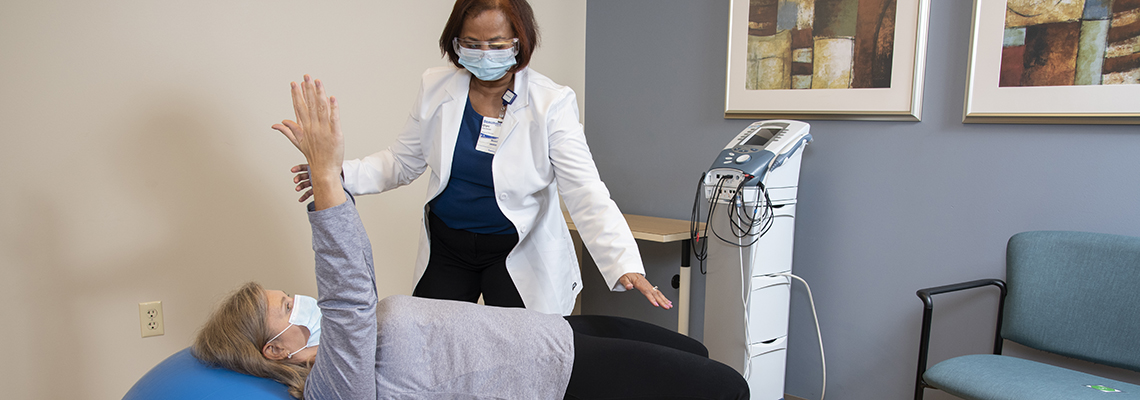Ensuring Participant Health and Harm Prevention in Team Fitness Coaching
Wiki Article
Group exercise workout sessions are a common way for people to enhance their well-being and physical condition. These sessions often involve activities like aerobics, spin, yoga, and weight lifting, which can be enjoyable and inspiring. However, it is essential to ensure the well-being of participants during these classes to prevent injuries. Coaches and facilitators play a key role in creating a safe setting that promotes positive experiences for everyone involved.
To support attendee safety, coaches should begin by assessing the physical capabilities of each person. This can be achieved through pre-class questionnaires or casual discussions. Recognizing the needs and abilities of participants enables trainers adapt exercises to suit different conditioning levels. For example, modifications can be provided for novices or those with mobility restrictions. By providing alternatives, instructors encourage everyone to participate comfortably while still being challenged.
Effective warm-up and cool-down routines are essential components of any team fitness class. Warming up before exercise prepares the physique by gradually raising heart rate and improving blood flow to muscle tissue. This minimizes the risk of muscle pulls and sprains during workouts. Likewise, gradual recovery helps the body return back to a relaxed state, preventing dizziness and promoting recovery. Instructors should consistently allocate time for these critical phases in every session they check over here conduct.

In addition to bodily protection, emotional health is also important in team fitness environments. Establishing a supportive atmosphere where attendees are encouraged and motivated can significantly improve their experience. Coaches should promote constructive communication by offering praise and constructive feedback throughout the session. This not only boosts confidence but also assists participants remain engaged and concentrated on their goals.
In conclusion, it is essential for instructors to stay current on proven methods for risk reduction and attendee support. Continuing education through workshops, certifications, and professional development ensures get more fitness professionals informed about new techniques and safety protocols. By prioritizing both physical and emotional well-being in group fitness training sessions, instructors can help clients reach their health goals while minimizing the likelihood of injury. A safe and rewarding setting leads to long-term positive effects on individual fitness paths.